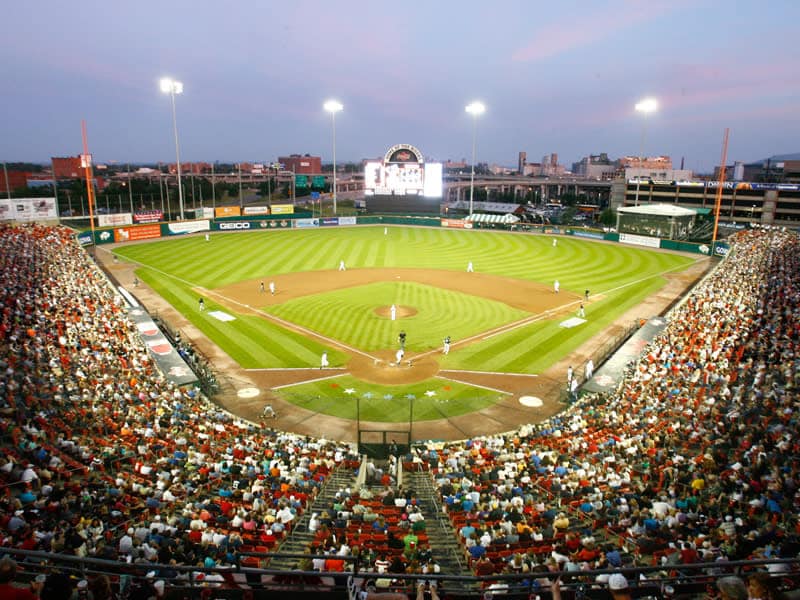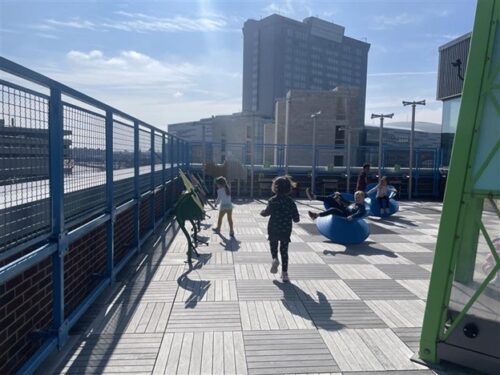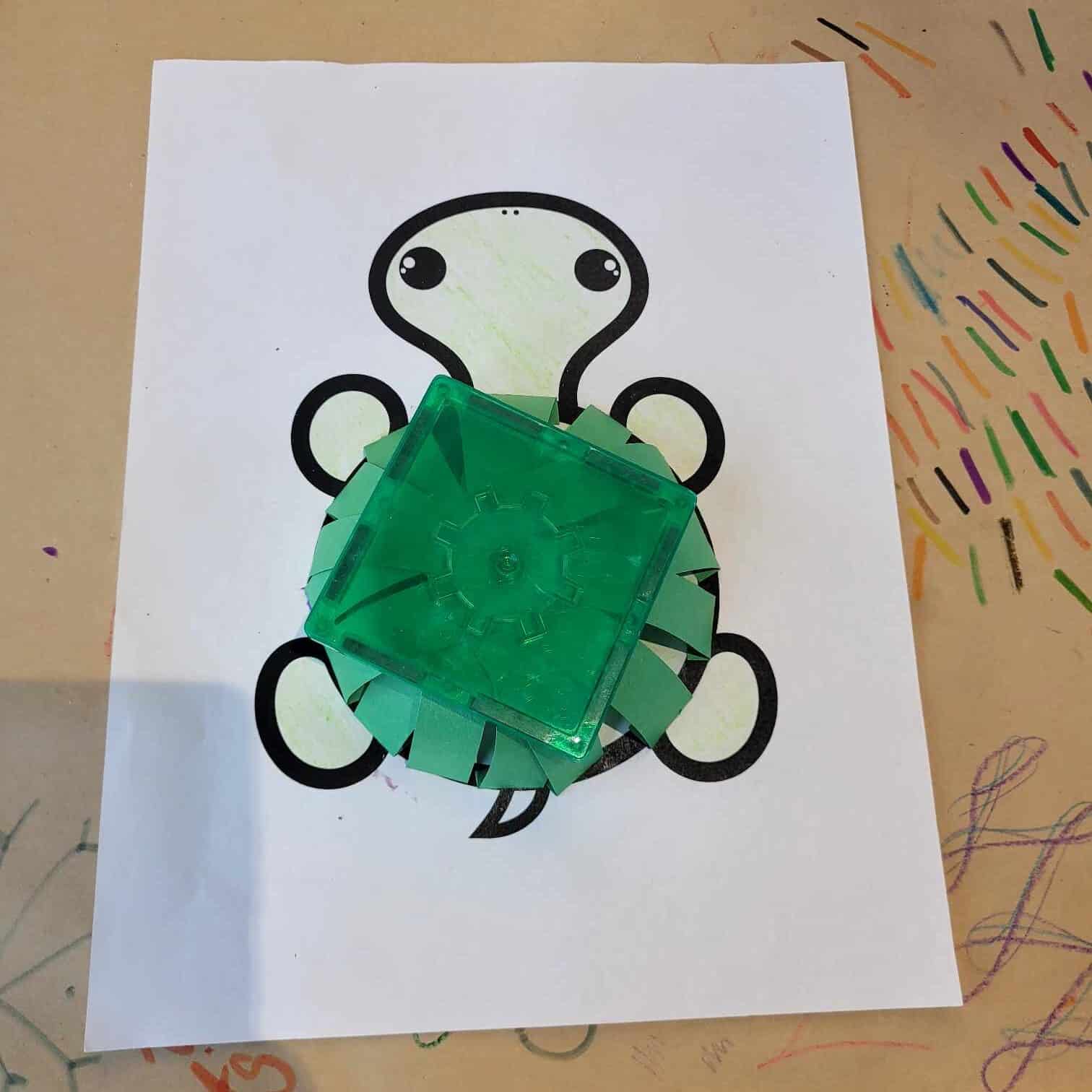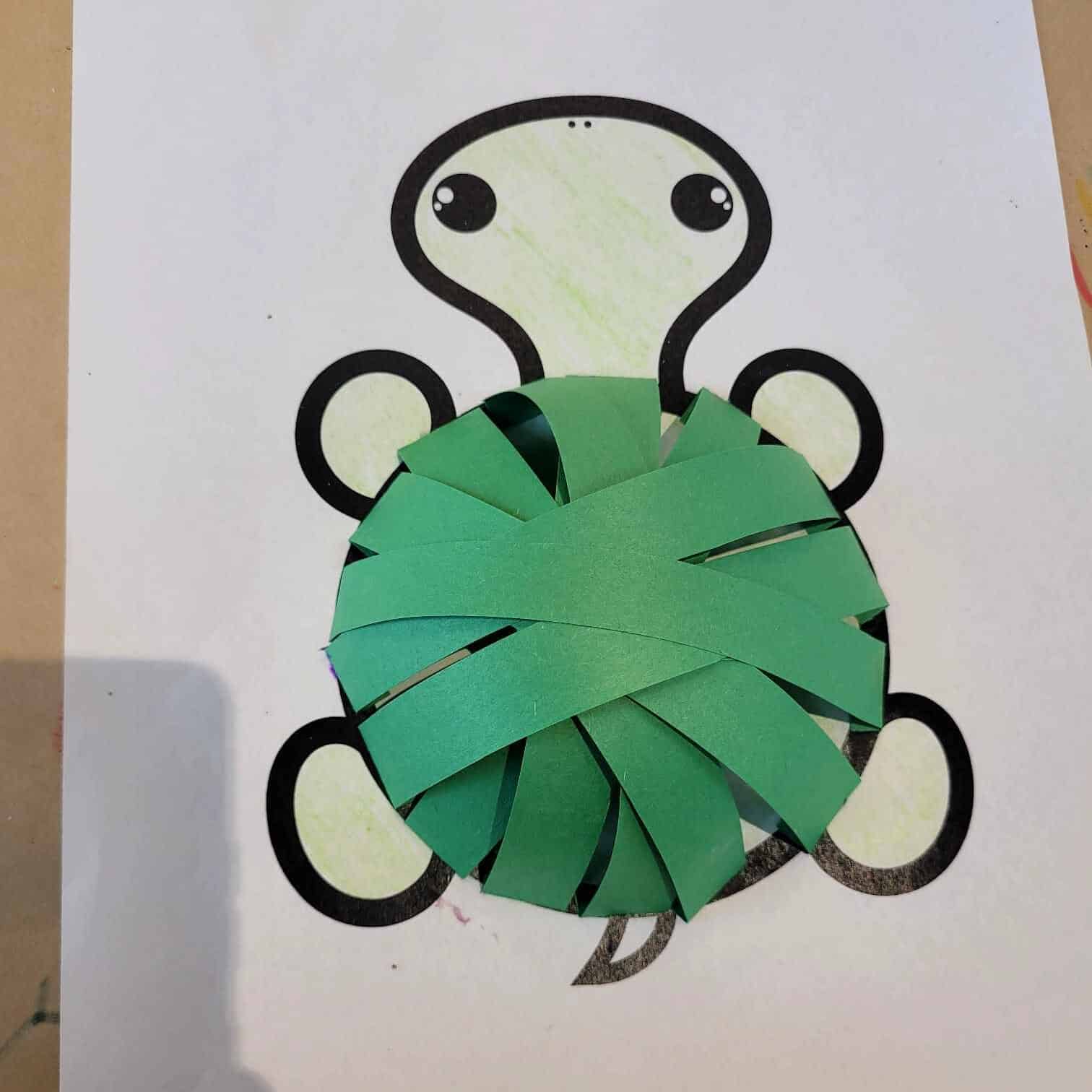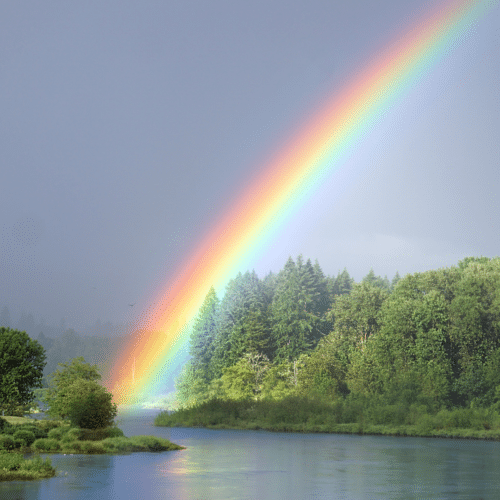By Alexis Turan, Access & Inclusion Intern
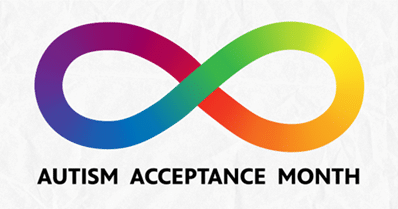
Did you know that Autism Awareness Month was founded in April 1970 by Bernard Rimland, Ph.D., a psychologist and autism researcher. He chose the month of April to coincide with his son’s birthday and the start of spring!
The Autistic Self-Advocacy Network (ASAN) has called April “Autism Acceptance Month” since 2011, stating, “Acceptance of autism as a natural condition in the human experience is necessary for real dialogue to occur.” What is autism? Autism spectrum disorder (ASD) refers to a broad range of conditions characterizes by challenged with social skills, repetitive behaviors, speech and nonverbal communication. According to the Centers for Disease Control, Autism affects an estimated 1 in 36 children and 1 in 45 adults. Autism can look very different for each person that is Autistic. Each person with Autism has distinct set of strengths and challenges.
What are common signs?
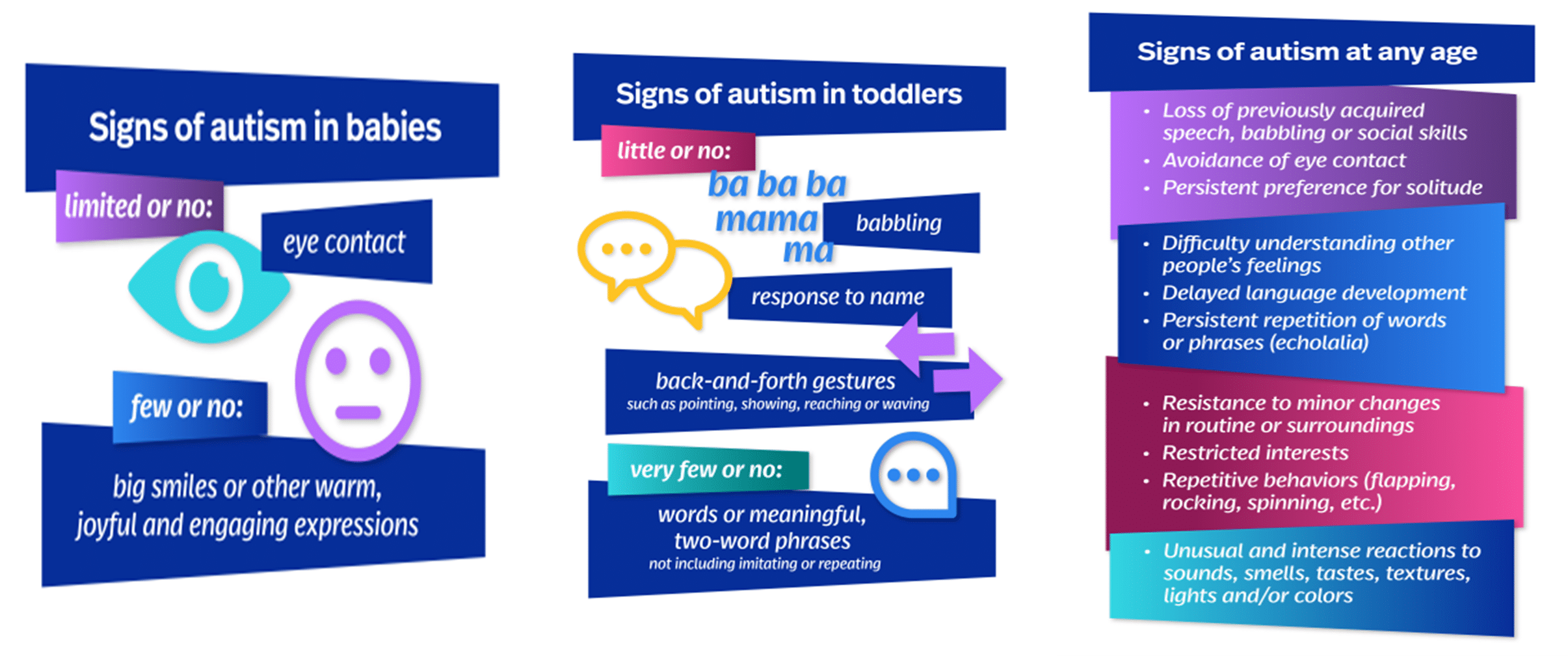
What should I do if I believe my child has autism?
Parents and care takers can visit “Learn the signs, act early” which is a website that highlights ways to learn more about developmental screenings and how to talk with your pediatricians. Based on a pediatrician’s recommendation a child can be put through evaluations that are done by children’s psychologists, psychiatrics and others that specialize in development and behavior. Receiving an Autism diagnosis may be a life-changing experience, but you are not alone. Support systems and connections are everywhere within the Special Education community to support you, your family and child.
Some FUN spring activities you and your child can do at home!
We have officially entered spring and you can’t celebrate spring without flowers and the outdoors. Together you and your child can complete many spring floral crafts that can promote fine and gross motor skills through art! If you have a child that love to explore the great outdoors, exploring gardening in the summer is a great way to not only get outside but be curious with nature. Going for nature walks is a great way to get children curious about their natural surroundings, plants, animals and other small critters. You can even create a quick scavenger hunt for your child with items found right in your backyard and have them go on a nature hunt! For those that prefer to learn about spring through books here are two wonderful books you can read to your child in the comfort of your own home.
My Friend Earth

This book dives into Mother Nature and how she goes through different seasons. It talks about the different things that she is capable of, like making lots of wind or snow. This book has themes of seasons and earth. Use for future classroom: this would be a fun intro book for a unit on earth.
Little Raindrop

This is a tale about Little Drop, fearful about her journey through the water cycle. As she evolves and overcomes challenges, she builds reliance and even begins to enjoy what each new day brings. Momma Moon in the story is the trusted guide in a child’s life who provides comfort and reassurance. Reflective questions are embedded in the book.
Below are some wonderful resources that were used in this article. Take some time to not only read but try and do some of the suggested activities at home as a family!
The Deron school of New Jersey
Autistic Self Advocacy Network (ASAN) is a nonprofit organization run by and for autistic people. The links below are from ASAN

